The Texas Education Agency, at the request of the Texas State Board of Education (SBOE), has been working with various groups of educators to review and revise the K-8 Technology Applications TEKS and four high school computer science courses. At the April board meeting, the SBOE approved the revisions on first reading. This triggered a required period for the public to provide comments on the new TEKS. The board will vote to approve the revised standards at their June meeting. Below is a brief summary of their work with instructions on how you can provide feedback to the board. I have also included a link to the proposed TEKS at the bottom of this post.
Review of the Process
In order to facilitate the review and revision of a set of standards, the SBOE nominates educators, parents, business and industry representatives, and employers to serve on TEKS review work groups. Work groups make recommendations to the SBOE for revisions to the TEKS.

K-8 Technology Applications TEKS
The K-8 Technology Applications were last revised in 2011. Since then, several pieces of legislation have passed that have changed the scope and direction of the standards. In 2019, the passage of HB 2984 (86R) required the SBOE to include “coding, computer programming, computational thinking, and cybersecurity” into the K-8 Tech Apps curriculum. Also in 2019, SB 11 (86R) required the inclusion of digital citizenship and cyberbullying into the curriculum.
Overview of the K-8 TEKS Changes
From their inception, the K-5 Technology Applications standards were grouped into grade bands (K-2; 3-5). The reviewers have recommended that the K-5 standards be broken into single grades just as they are in other content areas. Each grade level has its own set of TEKS. The different work group documents for the K-8 TEKS can be found on this TEA web page.
The work groups also combined strands, added new ones, and even reduced the number of strands. There are now five strands instead of six. I have listed them below and provided the group’s rationale for their proposed changes.
The primary change is the direction and rigor of the standards. The former TEKS were primarily teaching students how to use technology. With the introduction of computational thinking, coding, computer programming, and cybersecurity the TEKS are substantially more focused on building the academic skills that are involved in computer science.
My advice to teachers and school districts is to begin reviewing and studying the standards now so you will be prepared for their implementation in the 2024-2025 school year. These standards will take a much more concerted effort to implement than the ones they are replacing.
Strand Changes for the K-8 TEKS
Below are the strands the work groups have recommended. I’ve inserted the comments from the work group documents that gave rationale for their recommendations. I have also included those strands that were recommended for elimination.

Computational Thinking – New
This strand aligns with the Computational Thinker strand in the ISTE Standards for Students and CSTA concepts for Algorithms and Programming in accordance with recommendations from the content advisors and Work Group A. Programming, coding, and computational thinking are also required to be included in the K– 8 technology applications TEKS by the Texas Education Code §28.002(c3).
Creativity and Innovation – Current
This strand promotes creating original works that showcase the knowledge students have acquired. It aligns with the Creative Communicator strand in the ISTE Standards for Students, CTE Programming and Software Development TEKS Work Group recommendations, and Work Group A recommendations. Creativity is the process and creation is the product
Data literacy, Management, and Representation (New)
This strand encourages students to use critical thinking skills and digital tools to create visual representations of gathered data or knowledge to display, analyze, and evaluate results. This strand vertically aligns with the CTE Programming and Software Development TEKS Work Group recommendations.
Digital Citizenship (Current)
Work Group B reviewed current law and determined that this strand was still necessary.
Practical Technology Concepts (New Name)
This strand was previously titled Technology Operations and Concepts. It addresses the fundamental skills that students will need to use or create with technology across the curriculum and future courses. These are transferable skills in school and life. Addressing computer systems and operating systems aligns with the Computer Science Teachers Association (CSTA) standards.
Deleted Strands:
Communication and Collaboration:
Work Group D eliminated this strand because they didn’t feel that a stand-alone strand for Communication and Collaboration is necessary. Communication and collaboration are woven throughout the design process and there are explicit examples in other technology application strands.
Critical Thinking, Problem Solving, and Decision Making
This strand was deleted by Work Group B because these skills are incorporated across the standards.
Creativity and Innovation
This strand was deleted by Work Group B because these skills are incorporated across the standards.
Research and Information Fluency
This strand was deleted by Work Group B because these skills are incorporated across the standards.:

9-12 Computer Science and Cybersecurity Standards
I asked John Owen to provide a brief review of the revisions that were made to the high school courses. He is the Computer Science Project Manager for We Teach_CS at the University of Texas. He was involved in the revision of the four high school computer science courses.
“The four high school level computer science courses now under the CTE umbrella, Fundamentals of Computer Science, Computer Science I, II and III, underwent a revision process this past year which included a slight modification to the strand structure and adjustments to several student expectations in each of the courses. For the most part each course retained its original structure with wording changes to several Student Expectations to provide better clarity, relocating and consolidating several Student Expectations to under the various strands to improve the clarity and flow of the course, and a few Student Expectations added that needed to be deleted for being no longer relevant or beyond the scope of the course, or consolidated with other Student Expectations due to some duplication instances.
A significant effort was made to provide a seamless transition through these four courses to make for a seamless and logical vertical progression for the student taking two or more of these courses in sequence. Also, several of the Student Expectations from the existing topics were too closely aligned with specific languages, particularly Java, and efforts were made to create more general language describing the student expectation. For example, there were several Student Expectations that alluded to the use of object reference variables, a particular aspect of Java not always common to other languages, and broader language was used instead to enable use of other language choices.”
The different work group documents for the high school courses can be found on this TEA web page.
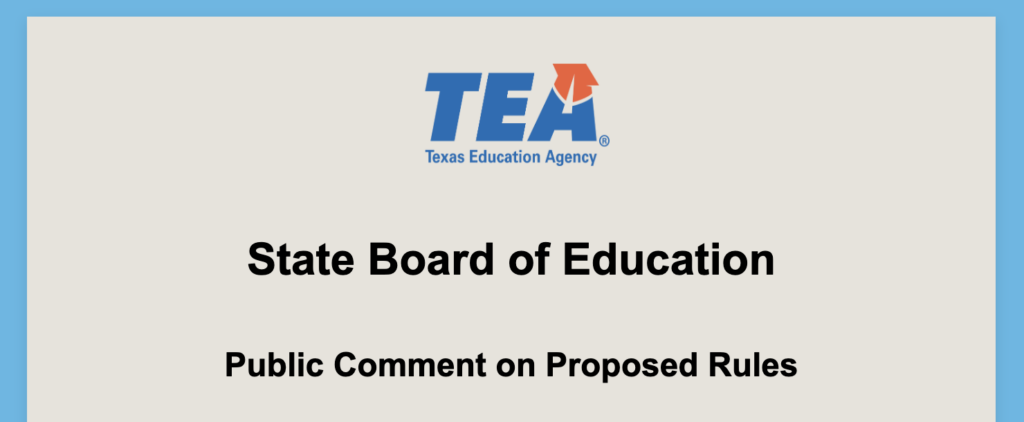
Providing Feedback
The deadline to provide feedback on the revised K-8 Technology Applications TEKS and/or the high school computer science and cybersecurity courses is 5 p.m., June 10, 2022. You can provide your comments using this form.
My advice is to be very specific about what you propose. If you want to recommend the removal or insertion of text in the standards, you should create a document that can be uploaded. Copy and paste the text you want to change. Then, strike the language you want to be deleted and underline the new text you want to include.
Here are the revised standards for Chapter 126, the K-8 Technology Applications. Here are the revised standards for Chapter 127, Subchapter O, the high school computer science and cybersecurity courses
Photo Credits:
Photo of students pointing to laptop by John Schnobrich on Unsplash
Photo of teacher helping student with coding by Mars Sector-6 on Unsplash
Photo of secure phone by Dan Nelson on Unsplash

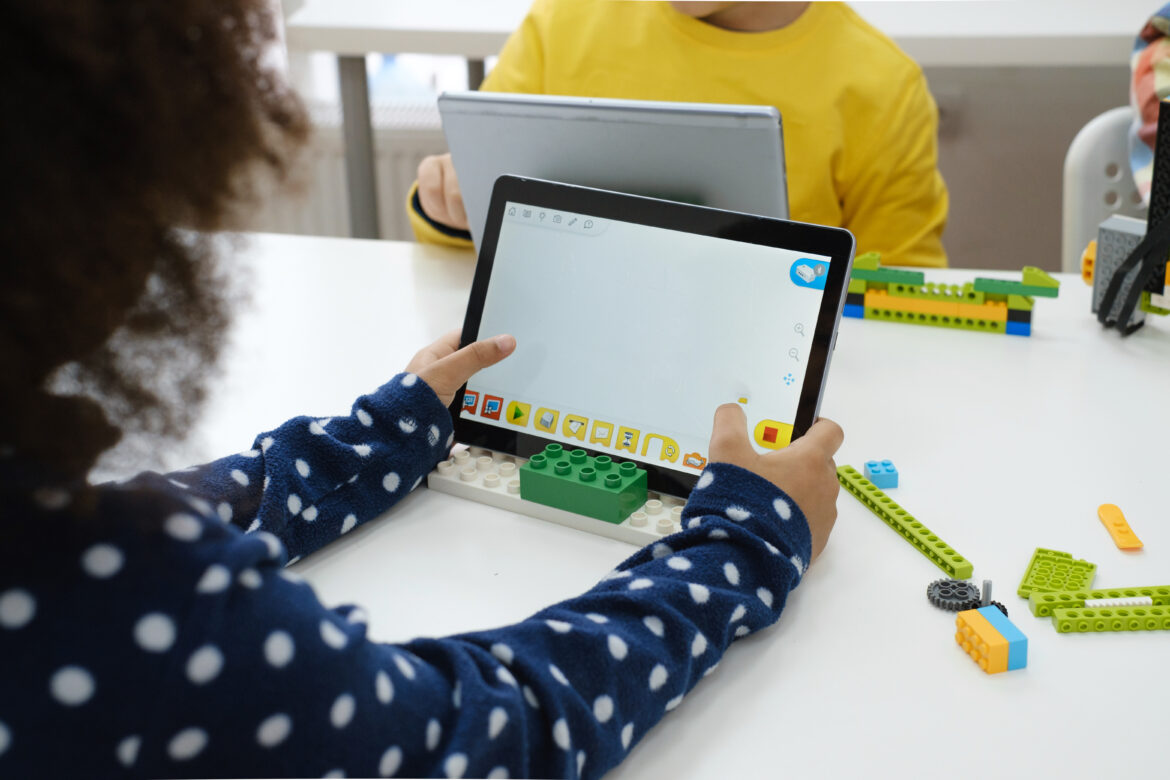






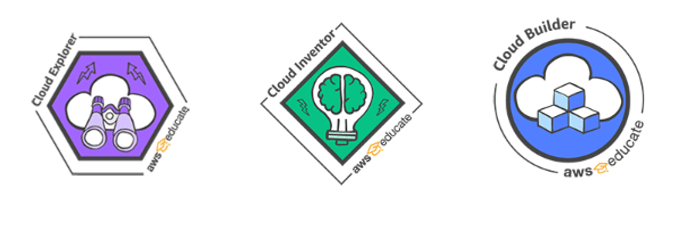


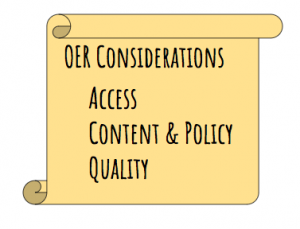


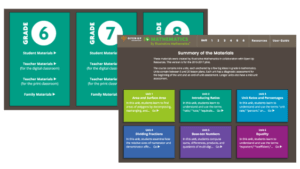
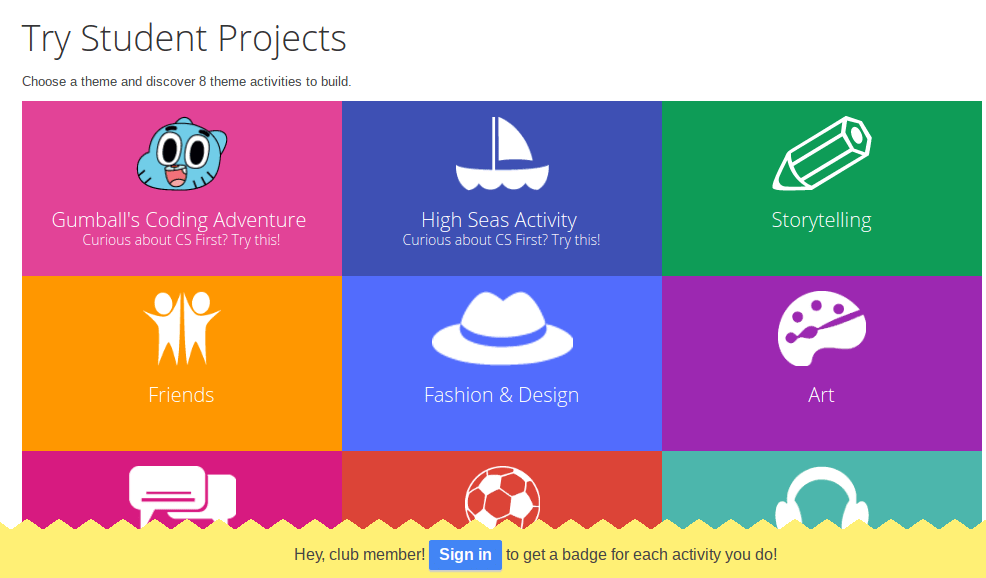
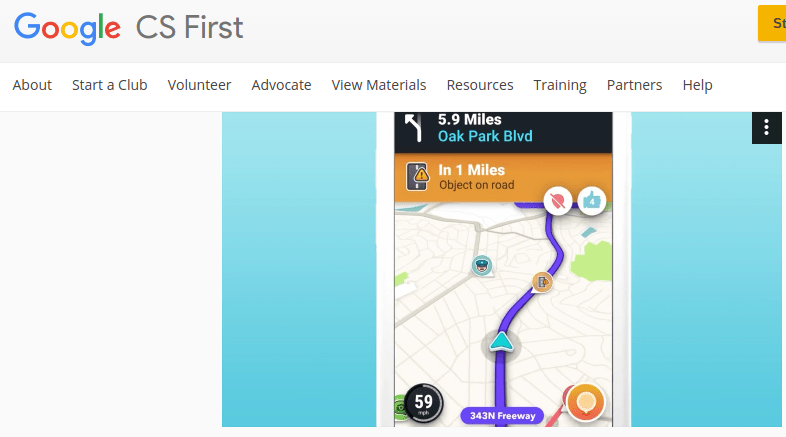 tools. Some of the creative projects include If/Then Adventures, which are reminiscent of the Choose Your Own Adventure print stories many of us grew up seeing on bookshelves. The If/Then Adventures video provides great examples that highlight coding connections. They also emphasize real-life connections to apps many of us may be familiar with, such as the
tools. Some of the creative projects include If/Then Adventures, which are reminiscent of the Choose Your Own Adventure print stories many of us grew up seeing on bookshelves. The If/Then Adventures video provides great examples that highlight coding connections. They also emphasize real-life connections to apps many of us may be familiar with, such as the 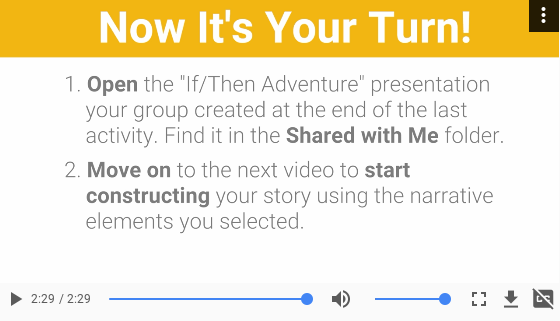 Relying on activities that feature communication, collaboration, and research, students are able to work on projects and create together. This collaboration provides rich opportunities for joint and independent communication and research. What’s more, students are able to earn badges for activities they engage in.
Relying on activities that feature communication, collaboration, and research, students are able to work on projects and create together. This collaboration provides rich opportunities for joint and independent communication and research. What’s more, students are able to earn badges for activities they engage in.